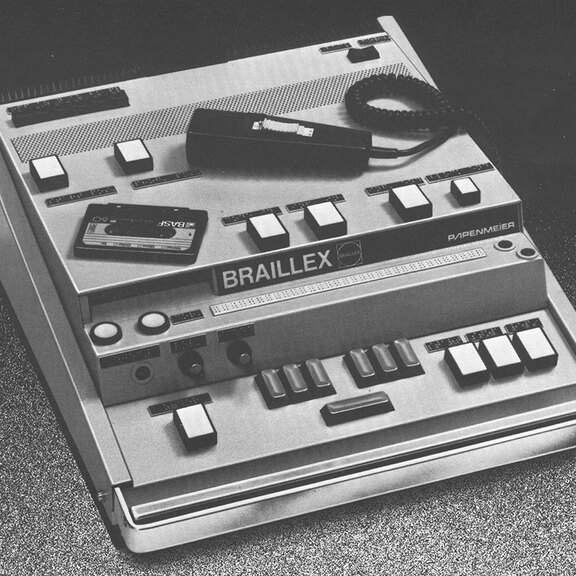85 percent of all environmental stimuli are perceived by the human eye. If the sense of sight is lost, those affected need excellent aids to live full and independent lives. This was a matter close to the heart of Oskar Picht. He was a teacher and in 1897 decided to train as a teacher for the blind at the State Institute for the Blind in Steglitz, Berlin, where he was hired after he graduated. He oversaw the braille library and the print shop. During his work, he noticed that the system of writing for the blind named after its inventor Louis Braille was well suited for reading, but writing was more difficult and required a lot of concentration, as the dots making up the written language had to be pressed into the thick braille paper back-to-front with the help of a stylus and a stencil. Would it be possible to develop a “typewriter” to press each letter quickly and evenly into the paper? This was the question on Oskar Picht’s mind.
Educator and inventor
For two years, the educator worked ambitiously on his idea. He designed various versions of mechanical typewriters for the blind, which he constantly improved. In 1899, Oskar Picht developed Germany’s first usable sheet-fed braille machine. On May 6, 1901, he was granted the first utility model for this. Further refinements and alterations followed, some of which were also registered as property rights. Braille writers in the form developed by Oskar Picht more than 100 years ago are still used today.
(Image: lcrribeiro33@gmail -AdobeStock.com)





